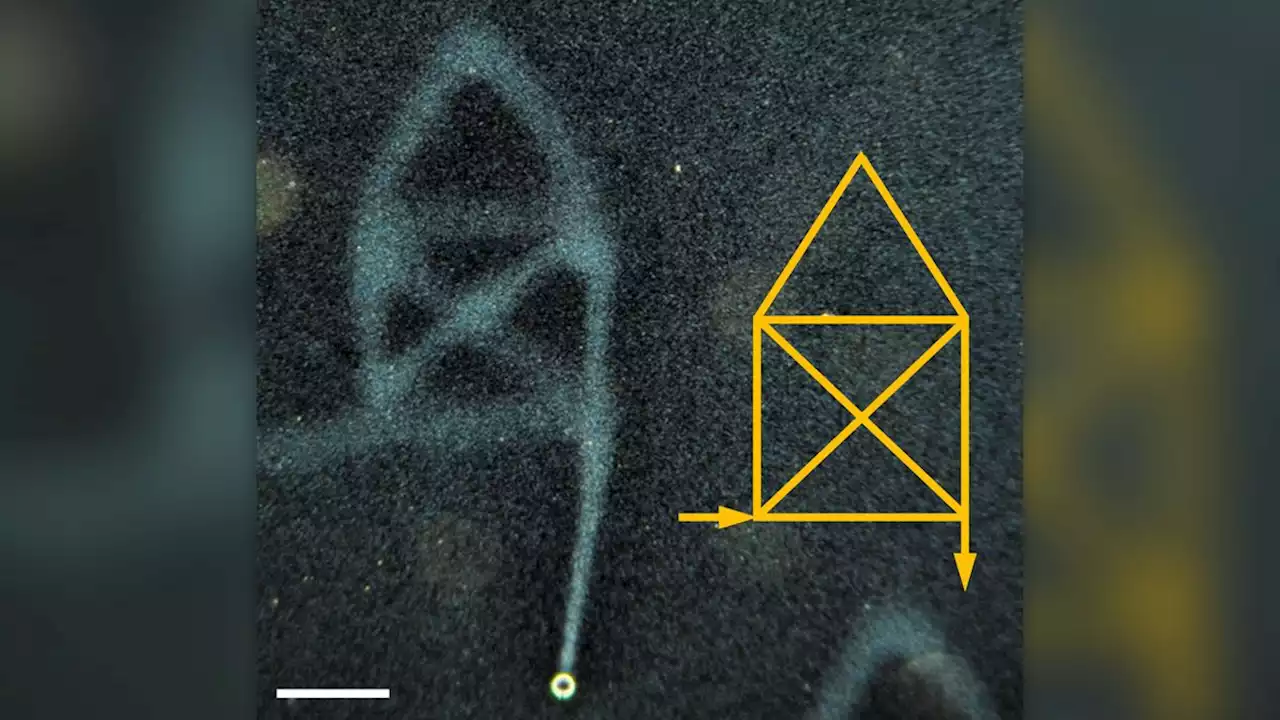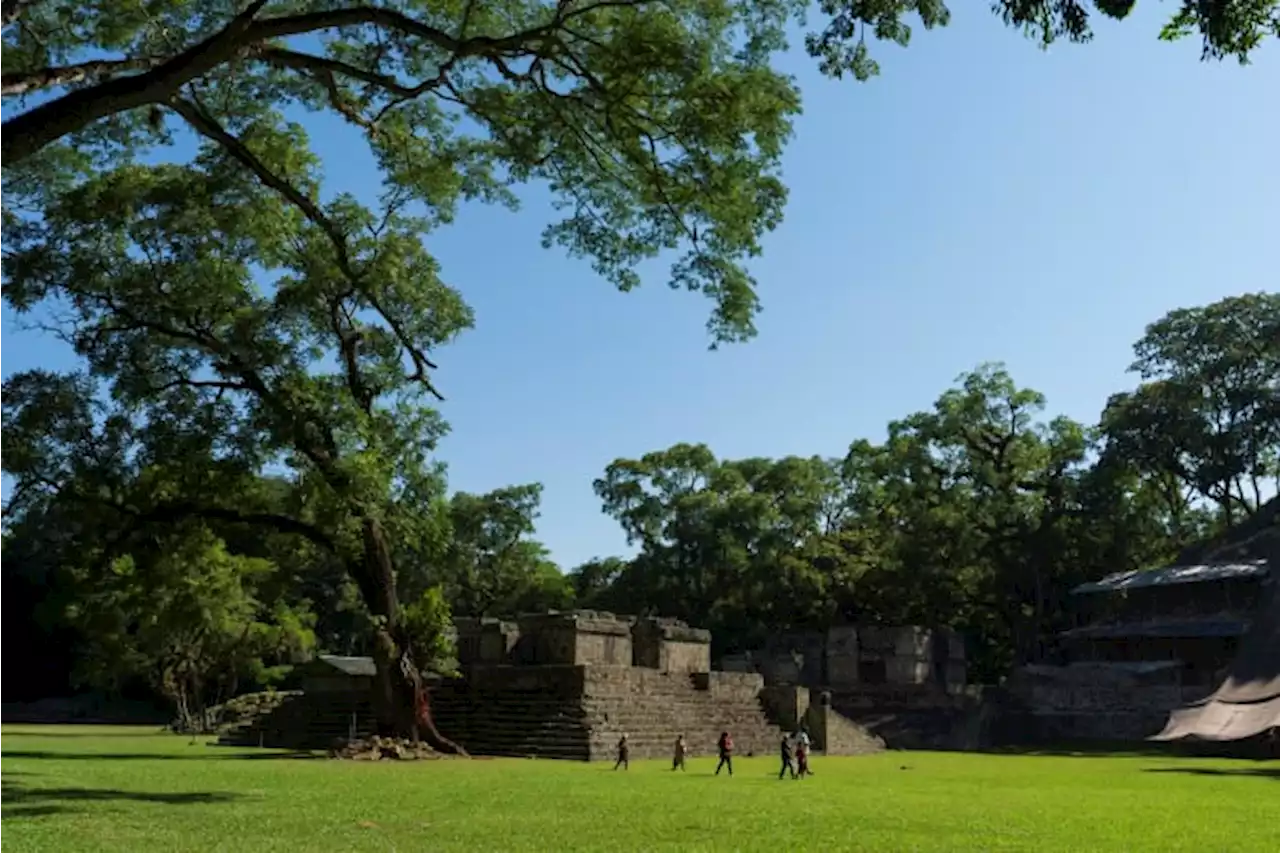Scientists are trying to understand how some ancient buildings have lasted for centuries in hopes of making modern buildings more durable.
Tourist walk through the Acropolis of Copan, an ancient Maya site in western Honduras, Sunday, Sept. 24, 2023. In Copan, intricate lime sculptures and temples remain intact even after more than 1,000 years exposed to a hot, humid environment. – In the quest to build better for the future, some are looking for answers in the long-ago past.
This reverse engineering has turned up a surprising list of ingredients that were mixed into old buildings — materials such as tree bark, volcanic ash, rice, beer and even urine. These unexpected add-ins could be key some pretty impressive properties, like the ability to get stronger over time and “heal” cracks when they form.
Even in harbors, where seawater has been battering structures for ages, you’ll find concrete “basically the way it was when it was poured 2,000 years ago,” said John Oleson, an archaeologist at the University of Victoria in Canada. Instead, after analyzing concrete samples from Privernum — an ancient city outside of Rome — the scientists found that the chunks could fuel the material’s “self-healing” abilities. When cracks form, water is able to seep into the concrete, Masic explained. That water activates the leftover pockets of lime, sparking up new chemical reactions that can fill in the damaged sections.has found that the key could be in the specific volcanic materials used by the Romans.
The masons suggested using extracts from local chukum and jiote trees in the lime mix. When researchers tested out the recipe — collecting bark, putting the chunks in water and adding the resulting tree “juice” into the material — they found the resulting plaster was especially durable against physical and chemical damage.
Brasil Últimas Notícias, Brasil Manchetes
Similar News:Você também pode ler notícias semelhantes a esta que coletamos de outras fontes de notícias.
 How are ancient Roman and Mayan buildings still standing? Scientists are unlocking their secretsScientists are trying to understand how some ancient buildings have lasted for centuries in hopes of making modern buildings more durable
How are ancient Roman and Mayan buildings still standing? Scientists are unlocking their secretsScientists are trying to understand how some ancient buildings have lasted for centuries in hopes of making modern buildings more durable
Consulte Mais informação »
 How are ancient Roman and Mayan buildings still standing? Scientists are unlocking their secretsScientists are trying to understand how some ancient buildings have lasted for centuries in hopes of making modern buildings more durable.
How are ancient Roman and Mayan buildings still standing? Scientists are unlocking their secretsScientists are trying to understand how some ancient buildings have lasted for centuries in hopes of making modern buildings more durable.
Consulte Mais informação »
 How are ancient Roman and Mayan buildings still standing? Scientists are unlocking their secretsScientists are trying to understand how some ancient buildings have lasted for centuries in hopes of making modern buildings more durable
How are ancient Roman and Mayan buildings still standing? Scientists are unlocking their secretsScientists are trying to understand how some ancient buildings have lasted for centuries in hopes of making modern buildings more durable
Consulte Mais informação »
 How are ancient Roman and Mayan buildings still standing? Scientists are unlocking their secretsScientists are trying to understand how some ancient buildings have lasted for centuries in hopes of making modern buildings more durable.
How are ancient Roman and Mayan buildings still standing? Scientists are unlocking their secretsScientists are trying to understand how some ancient buildings have lasted for centuries in hopes of making modern buildings more durable.
Consulte Mais informação »
 For 1st time, scientists write words in liquid waterScientists used a process called 'diffusioosmosis' to write words that lingered in liquid water.
For 1st time, scientists write words in liquid waterScientists used a process called 'diffusioosmosis' to write words that lingered in liquid water.
Consulte Mais informação »
